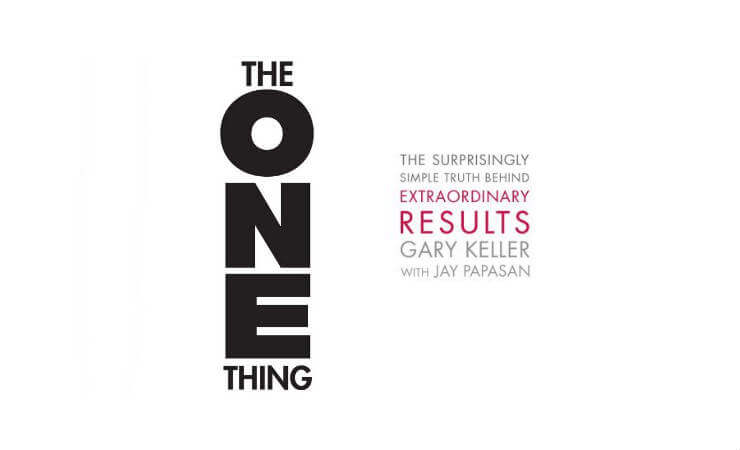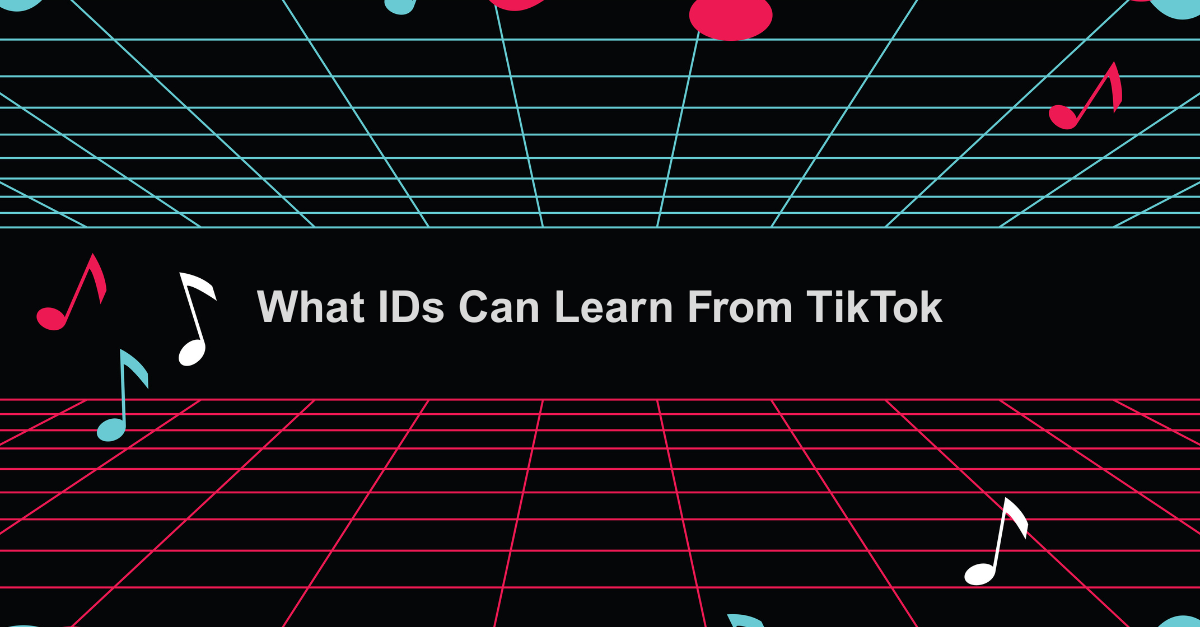TL:DR – Mastery comes from practice and rhythm.
Musicians don’t become skilled by reading about chords. They play. They rehearse. They refine. And even then, they’re never “done” learning; they’re always evolving.
That’s a beautiful parallel to how learners develop real expertise.
Reading a module, watching a video, or completing an e-learning isn’t enough. Learners need structured practice, space to explore, and frequent repetition to build mastery and get the desired results.
Design lessons like a music teacher:
Use deliberate practice
Start slow. Isolate parts (thinking chunking). Repeat. Don’t ask for full performance right away; build confidence in stages.
Design for rhythm
Speaking of chunking, chunk content into a steady flow. Create learning “beats”: short bursts of content, followed by practice, followed by feedback.
Allow improvisation
Let learners apply concepts in their own context. Offer open-ended activities where they solve real problems their way. This allows them to make the content more personal, which helps retention and adoption.
Revisit core themes
Musicians loop key motifs. Instructional design should do the same by repeating big ideas across the experience in different forms.
Remember, practice makes perfect. So give your learners time to practice.
Let’s make beautiful music together. And by “make beautiful music,” I mean let’s partner on your next training project so that you can get Fortune 500 results without the Fortune 500 cost. Get started here.
#LearningandDevelopment #InstructionalDesign #InstructionalDesigners #eLearning #CorpTraining #TrainingDevelopment







Leave a Reply